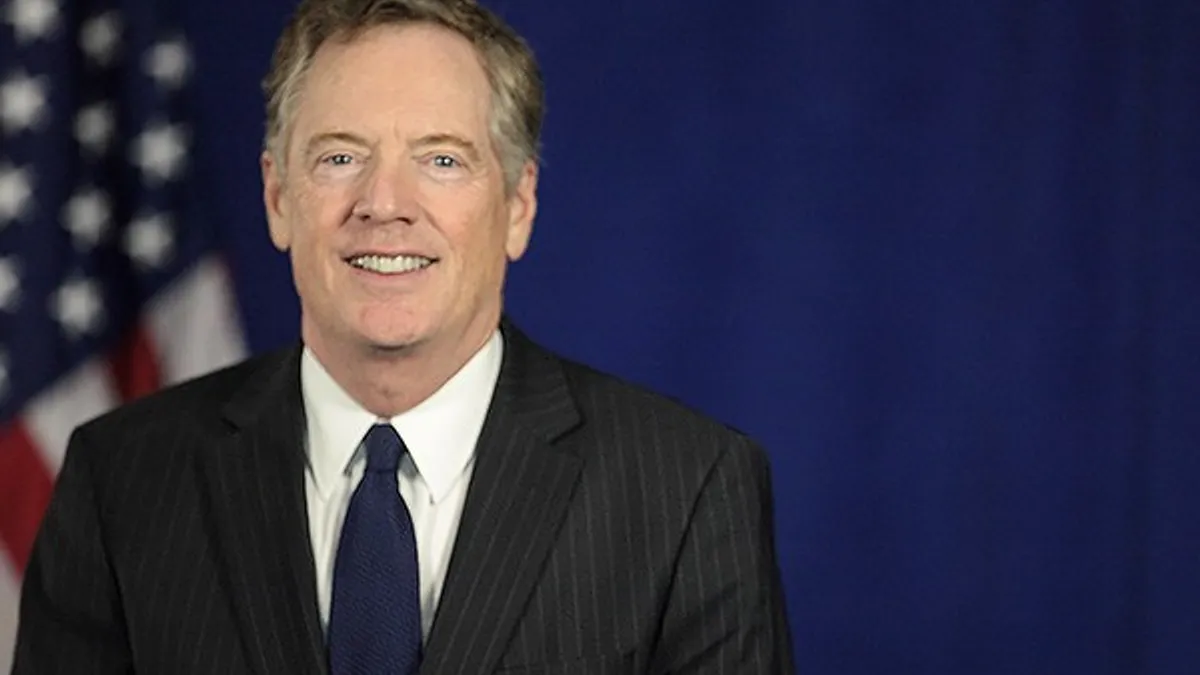Dive Brief:
- The United States Trade Representative on Wednesday announced the first round of negotiations for a modernized North American Free Trade Agreement (NAFTA) would take place in Washington, D.C., from Aug. 16-20, 2017.
- John Melle, Assistant U.S. Trade Representative for the Western Hemisphere, will be the chief negotiator for the deal. Melle is a career negotiator, joining the USTR in 1988 where he helped oversee NAFTA, among other trade deals.
- Sources told CNBC the talks will likely be the first of seven, in order to pass the deal in 2018 and before various election cycles. The timeline was reportedly proposed by the U.S. but is not yet final.
Dive Insight:
Mondays’ release of the U.S.’ negotiating objectives for its trade talks with Mexico and Canada set in motion a series of events poised to significantly alter supply chains within a year.
The appointment of a chief negotiator and announcement of the first trade talks were expected. But, hidden between the lines of the news, is a confirmation of a rush by the countries to finish negotiations quickly, and a mandate to do no harm.
Elections in Mexico and the U.S. in 2018 could significantly alter the playing field for trade talks, potentially bringing grassroots opposition to trade to the forefront of many politicians’ minds. Even if the negotiating parties agree to a new deal, Congress is responsible for approving it in the U.S. Yet, nowhere is the timeline more important than Mexico, whose six-year presidency is at stake in 2018, and a populist, anti-U.S. candidate is rising in prominence.
It’s an ambitious timeline, but the three countries have a strong negotiating foundation that makes such an effort plausible.
First, the appointment of Melle as chief negotiator sets a seasoned diplomat, likely well-connected to his counterparts, to the table. Second, a look at the negotiating objectives reveals similarities to the now-defunct Trans-Pacific Partnership, which former USTR and Ambassador Michael Froman referred to as the first NAFTA renegotiations. Lastly, Mexico and the U.S. have yearly talks on ways to facilitate trade and issues in trade, so the countries are well-informed of the other’s priorities.
The typical line on trade is that it is an uncertain and lengthy process. Surely, sticking points will arise during each round of talks throughout the next year. But decades of trade experience, a mandate to do no harm and strong negotiating foundations will likely help achieve a better, modernized deal.














